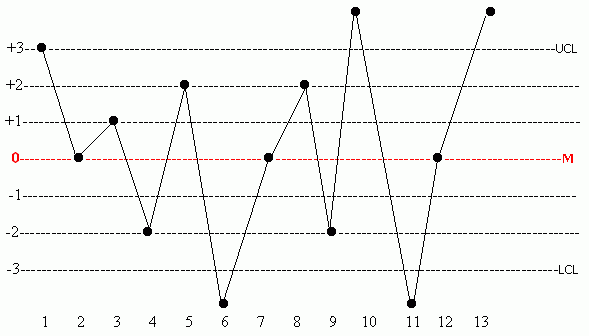Acceptable Defects:
Rather than waste efforts on zero-defect goals, Dr. Deming
stressed the importance of establishing a level of
variation, or anomalies, acceptable to the recipient (or
customer) in the next phase of a process. Oftentimes, some
defects are quite acceptable, and efforts to remove all
defects would be an excessive waste of time and money.
|
||||
|


